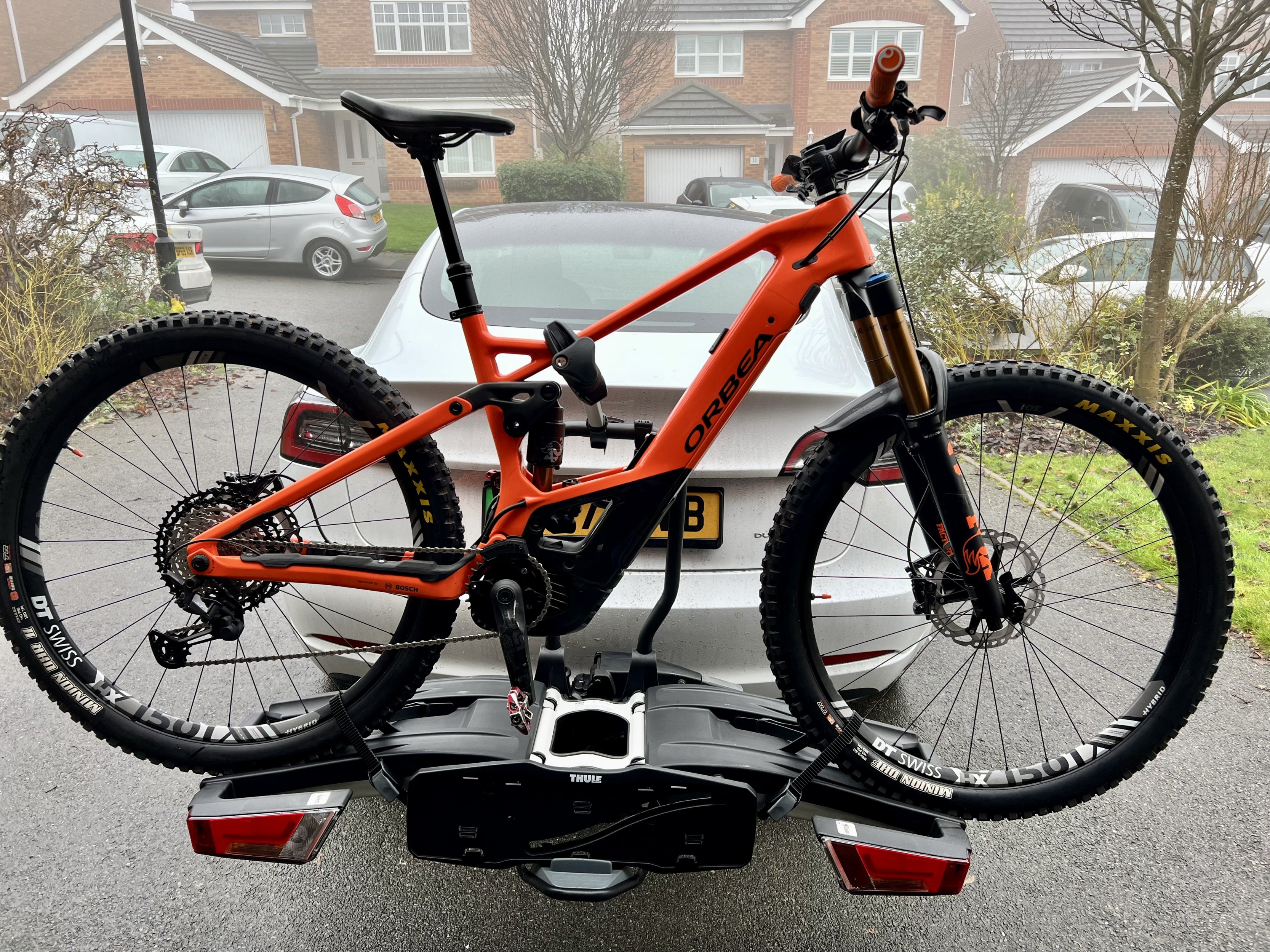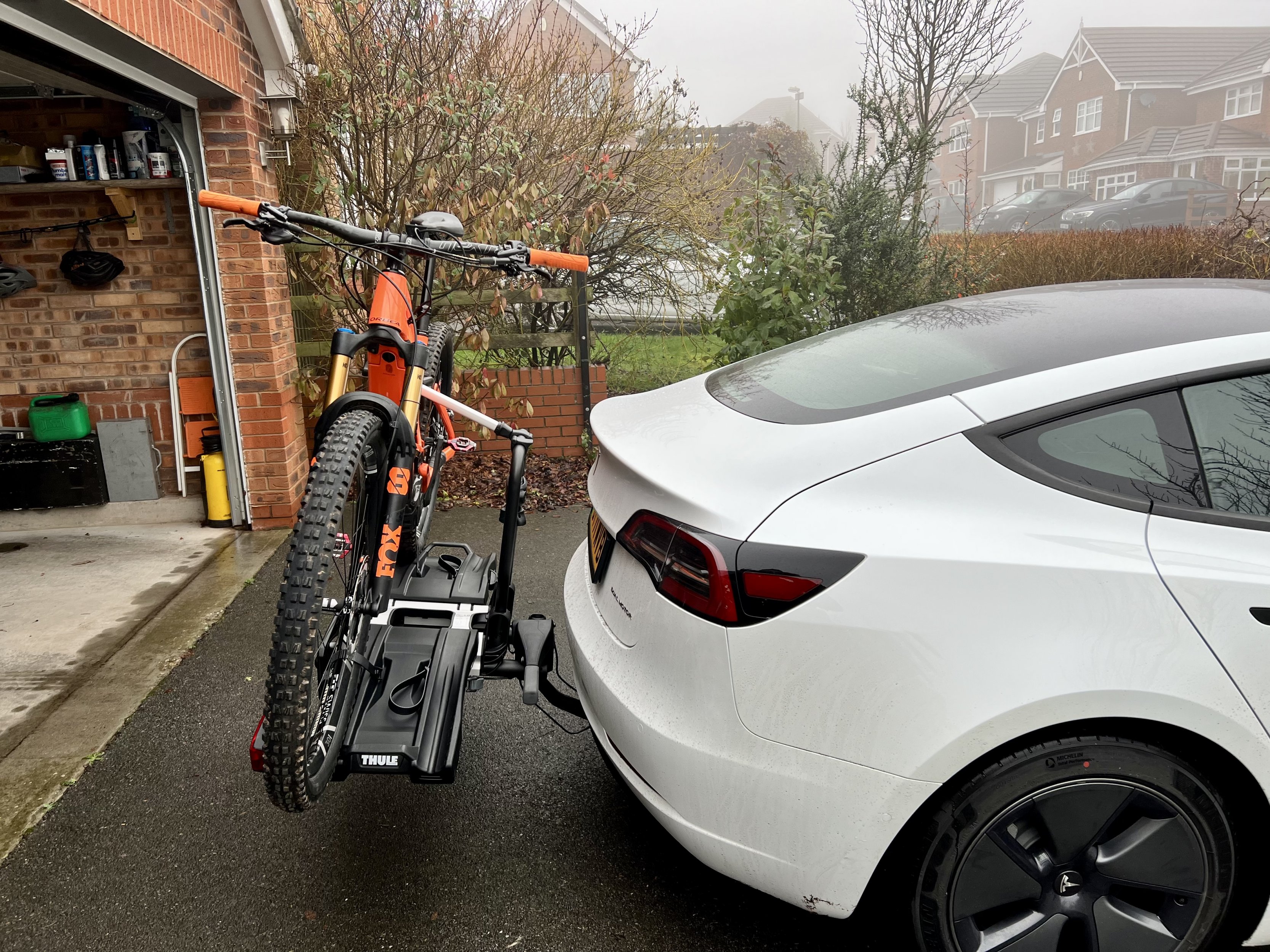MMSS
New Member
I have a Thule Easyfold XT - great bit of kit. I'm about to change my car and looking at a Tesla Model 3 or model Y. Has anyone fitted a Thule Easyfold to the model 3 or model y factory fitted tow bar? I've searched all over and not found adefinitive answer. I am a little concerned about clearance between the tow hitch and the bumber. I'm UK based so UK / European answers requested thanks. TIA (Photos appreciated 


